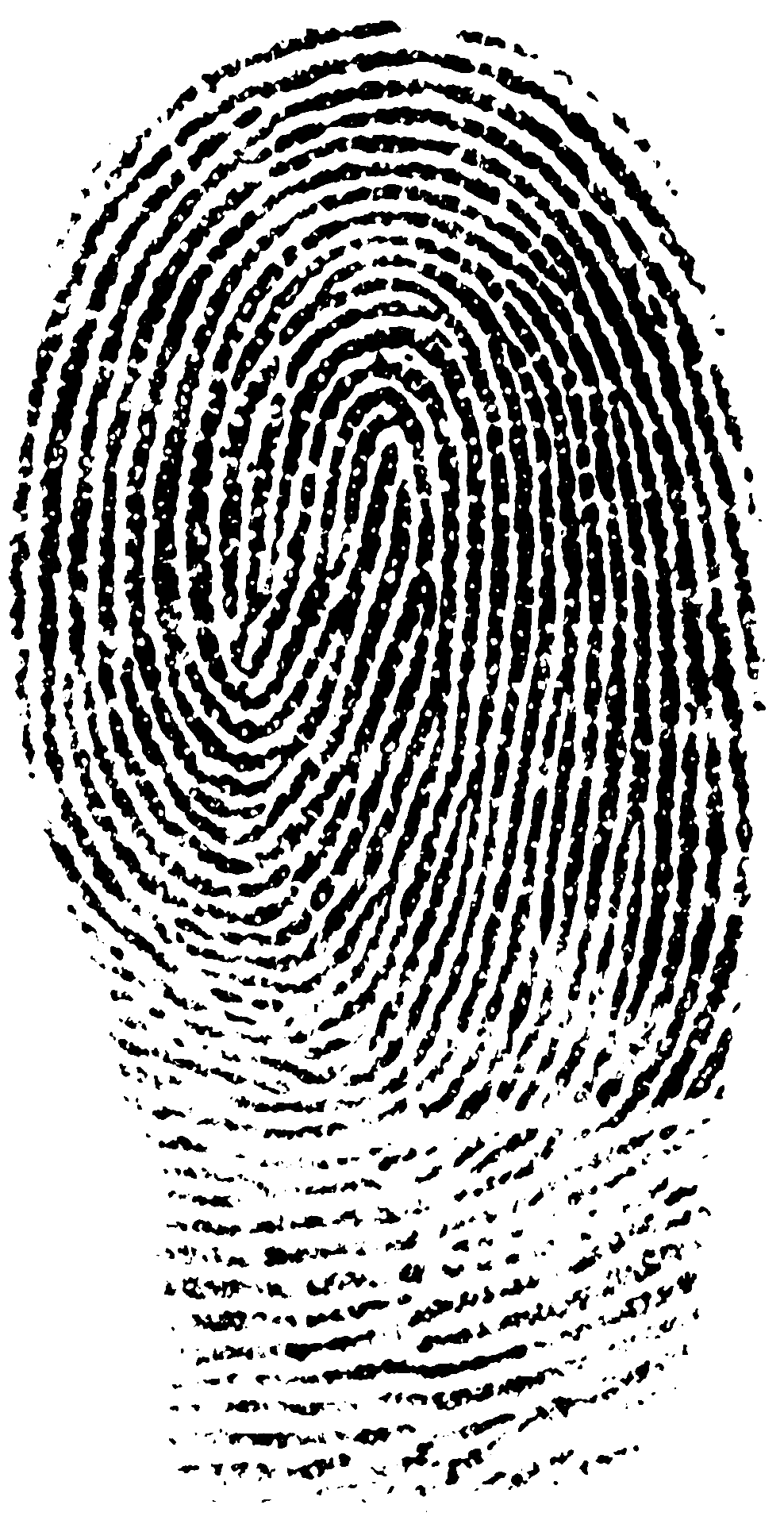
Fingerprint analysis has been a mainstay of criminal investigation for over a hundred years. However, it’s still very difficult to collect fingerprints from fabrics. That may be changing, thanks to the efforts of forensic scientists at the University of Abertay Dundee and the Scottish Police Services Authority (SPSA).
The team, led by David Bremner, successfully used a technique called vacuum metal deposition (VMD) to lift prints from some kinds of fabrics. This multistep process was effective on nylon and polyester, but revealed only finger impressions on cotton and cotton blends. First, the fabric is placed in a vacuum chamber. A thin layer of gold, which has been heated until evaporation, is sprayed over the fabric. Finally, zinc, which has been heated in the same manner, is sprayed over the gilded fabric. The zinc only attaches to the gold in places where there is no fingerprint, revealing any human contact with the fabric.
Thus far, the team has lifted a few identifiable fingerprints as well as hand shapes from various fabrics. Although they hope to improve the technique, they maintain that even this small amount of information could prove useful. As Paul Deacon of SPSA observes:
For example, an impression of a palm print on the back of someone's shirt might indicate they were pushed off a balcony, rather than jumping.
Perhaps more importantly, finding even a trace of a print could tell forensic scientists where to look for DNA evidence.
I agree that handwriting can say a great deal about a person. I think that men whose handwriting in incomprehensible care only about themselves and do not value others' opinions.
ReplyDelete